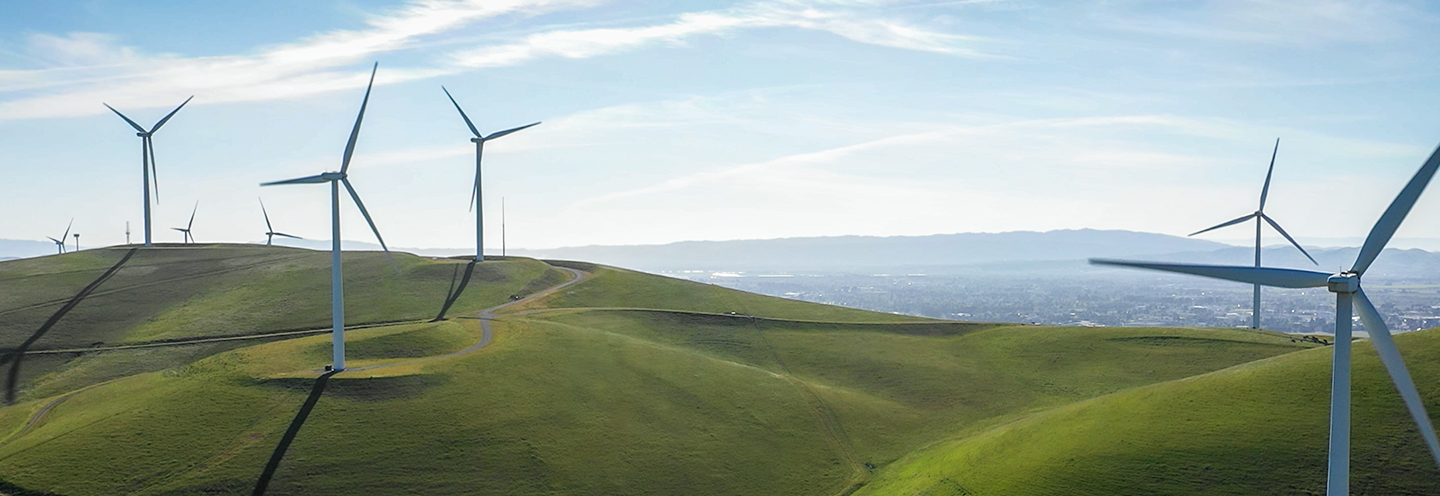CCAs to leverage combined buying power for large-scale clean energy procurement and provide cost-effective services and programs Sunnyvale, Calif. – Northern and central coast Community Choice Aggregators (CCAs) are joining forces by forming a new Joint Powers Authority (JPA) – California Community Power. The JPA allows the CCAs to combine their buying power to procure new, cost-effective clean energy and reliability resources to continue advancing local and state climate goals.
Sunnyvale, Calif. – Northern and central coast Community Choice Aggregators (CCAs) are joining forces by forming a new Joint Powers Authority (JPA) – California Community Power. The JPA allows the CCAs to combine their buying power to procure new, cost-effective clean energy and reliability resources to continue advancing local and state climate goals.
The CCAs forming California Community Power represent 2.6 million customer accounts and 6.6 million people across more than 140 municipalities spanning from Humboldt County to Santa Barbara County. The CCAs serve a combined annual load of 32,600 gigawatt hours, which represents about 40% of PG&E’s annual electric load. The member CCAs include: Central Coast Community Energy, East Bay Community Energy, MCE, Peninsula Clean Energy, Redwood Coast Energy Authority, San José Clean Energy, Silicon Valley Clean Energy and Sonoma Clean Power. CleanPowerSF is pursuing membership.
Additional benefits of the new JPA include enhanced negotiating power, larger renewable and storage project procurement, shared risk mitigation, and increased opportunities for innovation, as demonstrated by the first, major joint procurement for 500 megawatts (MWs) of long-duration energy storage. The long-duration Request for Offers seeks a minimum 10-year contract for grid-charged technologies to come online by or before 2026 with a discharge period of at least eight hours. The solicitation is currently in the project evaluation stage.
“California is a policy leader in the fight against climate change. CCAs have helped local communities meet their climate goals by building new renewable resources and implementing programs that reduce emissions from transportation and buildings,” said State Senator Josh Becker, D-Peninsula. “As we work to achieve the clean energy goals set by SB 100, CCAs will continue to play a crucial role to reduce emissions for communities across the state. It is encouraging to see CCAs come together to develop long duration storage, a crucial resource for achieving our 100% clean energy target.”
“As a long-serving MCE Board Director, I am excited to see the momentum for CCAs in the state,” said MCE Board Director and Mayor of Richmond, Tom Butt. “We started as a small program serving just a handful of communities and the recent creation of California Community Power truly showcases the power of what communities can do when we work together to advance our climate goals, while supporting local economies.”
“Over the years, as the CCA movement has grown, there has been an increase of CCA joint procurement efforts for large-scale renewables and energy storage projects,” said Beth Vaughan, executive director of the California Community Choice Association (CalCCA). “The creation of California Community Power represents a truly community-led approach to advancing cleaner energy, greater reliability, and reduced costs for ratepayers.”
“The JPA model has been proven with municipal utilities operating under this structure for decades,” said Girish Balachandran, Silicon Valley Clean Energy CEO. “We are eager to expand and formalize our partnerships among CCAs to help our communities affordably meet their climate goals while maintaining reliability, as the state transitions to a decarbonized grid.”
CCA climate goals are typically more aggressive than the state mandate to achieve a 100% clean energy grid by 2045. Many CCAs already meet or exceed state mandates for eligible renewable resources and some have set targets to achieve 100% renewable energy by 2030, or match supply with load on a 24/7 basis with renewable or carbon-free generation. California CCAs have done this while saving their customers tens of millions of dollars annually on their utility bills, developing thousands of megawatts of new wind and solar power projects, and developing and offering innovative energy programs.
Under the JPA structure, individual members are not obligated to participate in every procurement or joint project. Each CCA will be represented by their CEO or other designee on the board of directors, which will operate as a public entity with open and transparent meetings compliant with the Brown Act. The JPA structure safeguards members from additional liabilities so there is no added risk for the members. Each CCA maintains its community-driven, local autonomy to meet the needs of their customers and region.
More information will be available on the California Community Power website (cacommunitypower.org), which is currently under development.
###
About CCAs
Community Choice Aggregators, or CCAs, provide competitively priced, clean energy choices to their communities while reinvesting revenues into local and statewide projects and programs, supporting sustainability, and enhancing their local economies. There are 23 CCAs in California serving more than 10 million customers.
Central Coast Community Energy – 3CEnergy.org
East Bay Community Energy – ebce.org
MCE – mcecleanenergy.org
Peninsula Clean Energy – peninsulacleanenergy.com
Redwood Coast Energy Authority – redwoodenergy.org
San José Clean Energy – sanjosecleanenergy.org
Silicon Valley Clean Energy – svcleanenergy.org
Sonoma Clean Power – sonomacleanpower.org
Media Contact
Pamela Leonard, Silicon Valley Clean Energy Communications Manager
pamela.leonard@svcleanenergy.org
O: 408-721-5301 x1004 | M: 530-306-0122



